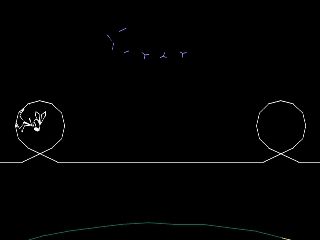


While the Nintendo 64 was more powerful on paper and its cartridge format had a speed advantage, Sony’s CD-ROM games had two critical advantages. The PlayStation proved the perfect vehicle. As 3D technology became mainstream, developers wanted to produce more realistic games that could attract an older audience. The PlayStation was built from the ground up to run CD-ROM discs and render 3D video game graphics, and everything fell into place for Sony. Sega, meanwhile, released a 3D-capable, CD-equipped console of its own, the Saturn, but a combination of high pricing and poor 3D performance quickly saw it reduced to a sideshow. Ken Kutaragi’s renegade division within Sony regrouped and, a few years later, reemerged with a product that subverted Nintendo’s entire business.Īfter Nintendo ended its Sony partnership and a brief dalliance with Philips fizzled, the company reasserted its focus on cartridge technology for its first true 3D console, the Nintendo 64. Sony originally planned to release a CD-ROM-equipped Super Nintendo called the PlayStation, and showcased such a product at CES 1991 Nintendo, however, called off the partnership a day after Sony’s announcement due to disagreements over revenue sharing. Nintendo, the market leader, was locked in a brutal dogfight with Sega for the hearts and minds of children across the world.
Vib ribbon render how to#
The original PlayStation launch is an iPhone-level example of how to enter an established market and blindside every existing player.


 0 kommentar(er)
0 kommentar(er)
